Retro Replay Review
Gameplay
Mystery P.I.: Lost in Los Angeles follows the familiar hidden-object formula of its predecessors, tasking players with locating a list of items scattered across richly detailed scenes. Your mission is to recover a stolen, unreleased Hollywood feature and claim the $15 million reward within a tight 17-hour countdown. This adds a light layer of urgency to each search, although you can opt for a relaxed mode if you prefer a more casual experience.
(HEY YOU!! We hope you enjoy! We try not to run ads. So basically, this is a very expensive hobby running this site. Please consider joining us for updates, forums, and more. Network w/ us to make some cash or friends while retro gaming, and you can win some free retro games for posting. Okay, carry on 👍)
The core mechanic revolves around clicking objects from a list at the side of the screen, but the game occasionally shakes things up by offering clue-based prompts or simple drag-and-drop tasks. Finding items in quick succession grants bonus points, incentivizing careful observation and speedy clicks. If you get stuck, the hint button will point out an item’s location at the cost of 7,500 points, striking a balance between challenge and accessibility.
Each chapter culminates in a mini-game, varying from jigsaw puzzles and word searches to tile-matching and concentration tests. Though these diversions are standard fare for the genre, they provide a welcome break from scanning crowded rooms. Completing these mini-games unlocks narrative progress, ensuring that the pacing never drags too long between story beats.
Beyond the main quests, you can collect two hidden items on every screen—a film reel and a key—to unlock extra modes. One is an unlimited seek-and-find challenge, while the other revisits the tile-matching mini-game in a standalone format. These bonus modes boost replay value for completionists, giving you reasons to revisit scenes long after the main mystery is solved.
Graphics
The visual presentation in Lost in Los Angeles leans heavily on bright, hand-painted backdrops inspired by iconic L.A. locales—from shady alleyways to glitzy studio lots. Each scene feels packed with carefully drawn objects, giving you no shortage of distractions as you scour for obscure items. While the style won’t win awards for originality, it’s clean, polished, and perfectly suited to this type of game.
Character portraits and cutscenes are rendered in soft, cartoon-influenced artwork. The private investigator and his Hollywood clients come across with just enough personality to keep the narrative engaging without overshadowing the gameplay. Transitions between scenes are smooth, and simple animations—like flickering neon signs or rustling palm fronds—add a touch of atmosphere without taxing your system.
User interface elements are straightforward and intuitive. The item list and hint button are always within easy reach, and on-screen prompts clearly indicate when you need to drag objects together to complete a task. The overall layout respects the central hidden-object action, ensuring that menus and pop-ups never feel intrusive.
Story
The premise is a classic caper: a megabudget film has vanished from a Hollywood vault just days before its premiere, and the clock is ticking down on a $15 million reward. You step into the shoes of a no-nonsense private investigator, hired by a nervous studio head to trace the missing copy through the backlots and boulevards of Los Angeles. Though the narrative beats are familiar, they serve their purpose well, providing context and motivation for each search.
Story progression unfolds through brief dialogues and text interludes, weaving together a cast of suspicious executives, starlets, and shady technicians. As you piece together clues from each location, the plot threads slowly converge toward a final confrontation. The writing is lighthearted and occasionally witty, capturing the archetypal Hollywood intrigue without taking itself too seriously.
While dedicated adventure gamers might crave deeper character development or branching dialogue choices, the tale here is lean and focused—ideal for players who want just enough narrative to drive them from one hidden-object tableau to the next. The stakes remain clear throughout, and each chapter’s mini-game finale helps reinforce the sense of accomplishment as you inch closer to solving the mystery.
Overall Experience
Mystery P.I.: Lost in Los Angeles is a solid entry in the SpinTop series, offering a polished hidden-object adventure that’s easy to pick up and play. The mix of timed and untimed modes caters to both competitive players and those who prefer a leisurely pace. Collectibles and bonus modes add replay value, giving you reasons to revisit favorite scenes long after the initial run.
If you’re already a fan of hidden-object titles, this game delivers exactly what you expect: a steady stream of cluttered environments, cleverly concealed items, and an accessible hint system. The mini-games break up the routine, and the LA-flavored setting provides enough variety to keep each chapter feeling fresh. Casual gamers looking for a light puzzle experience will find plenty to enjoy here.
On the flip side, players seeking deep narrative complexity or innovative mechanics may find the formula a bit too familiar. Nonetheless, for its genre and target audience, Mystery P.I.: Lost in Los Angeles hits all the right notes—combining charming visuals, a straightforward storyline, and dependable gameplay into a cohesive whole. It’s an engaging detective romp that delivers on its promise without overcomplicating the core hidden-object fun.
 Retro Replay Retro Replay gaming reviews, news, emulation, geek stuff and more!
Retro Replay Retro Replay gaming reviews, news, emulation, geek stuff and more!
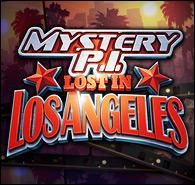
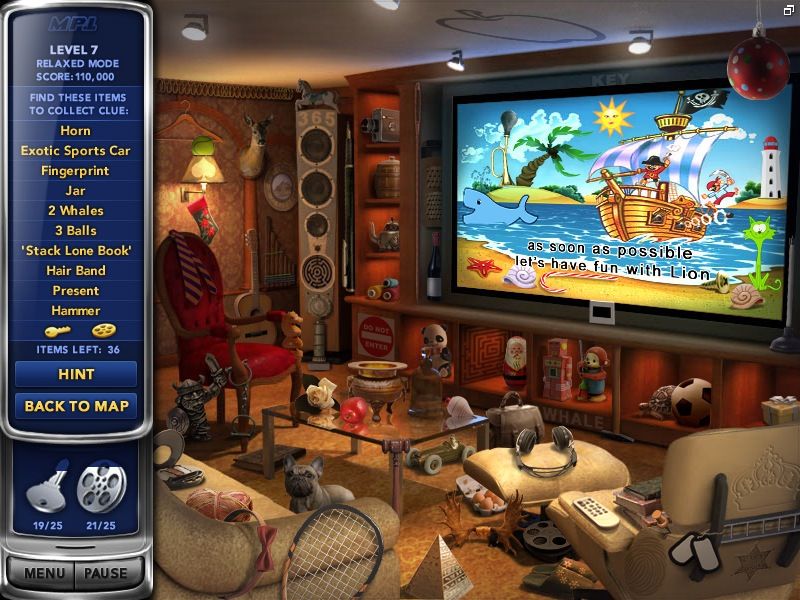
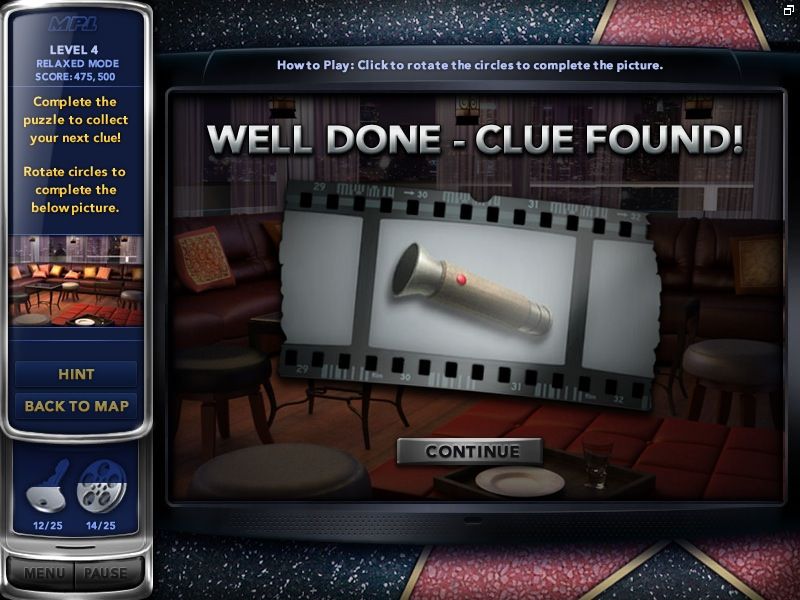
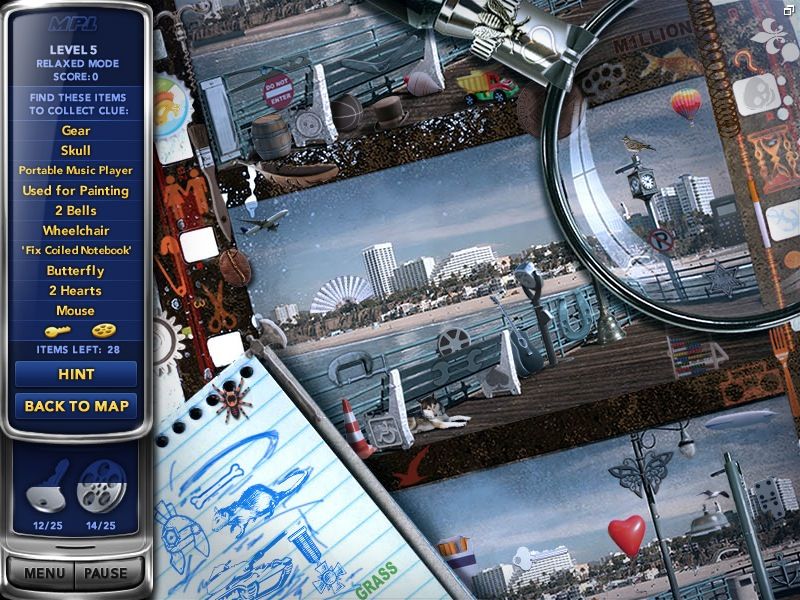
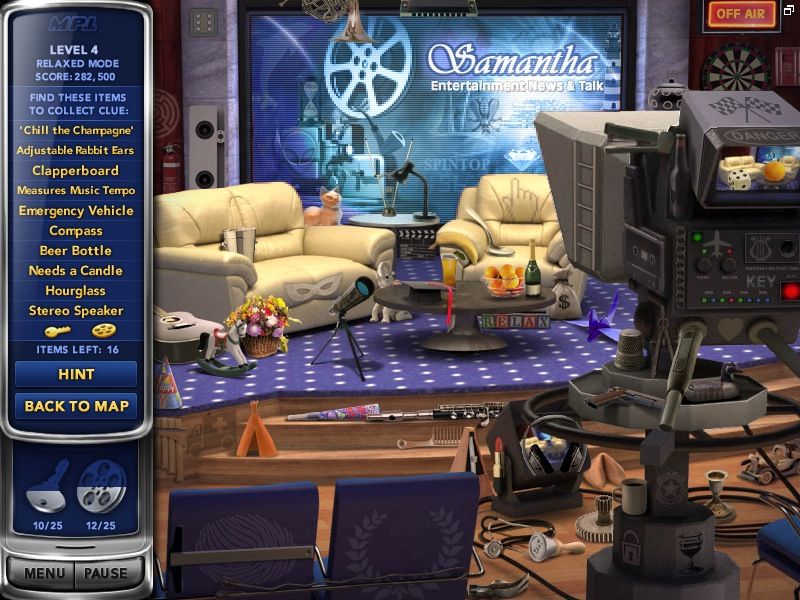
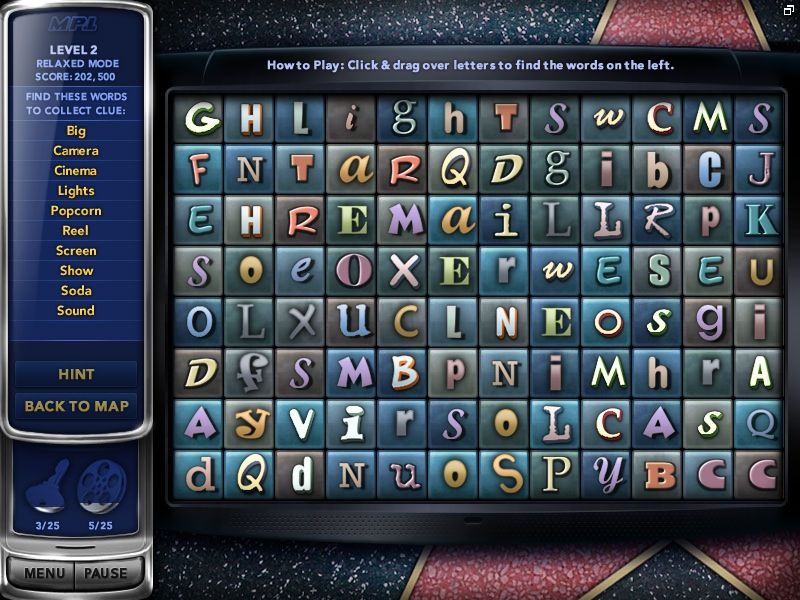
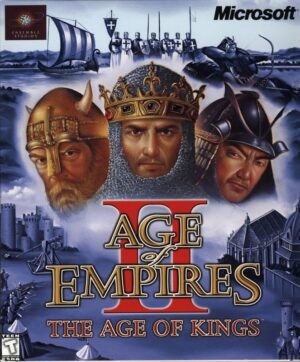


Reviews
There are no reviews yet.